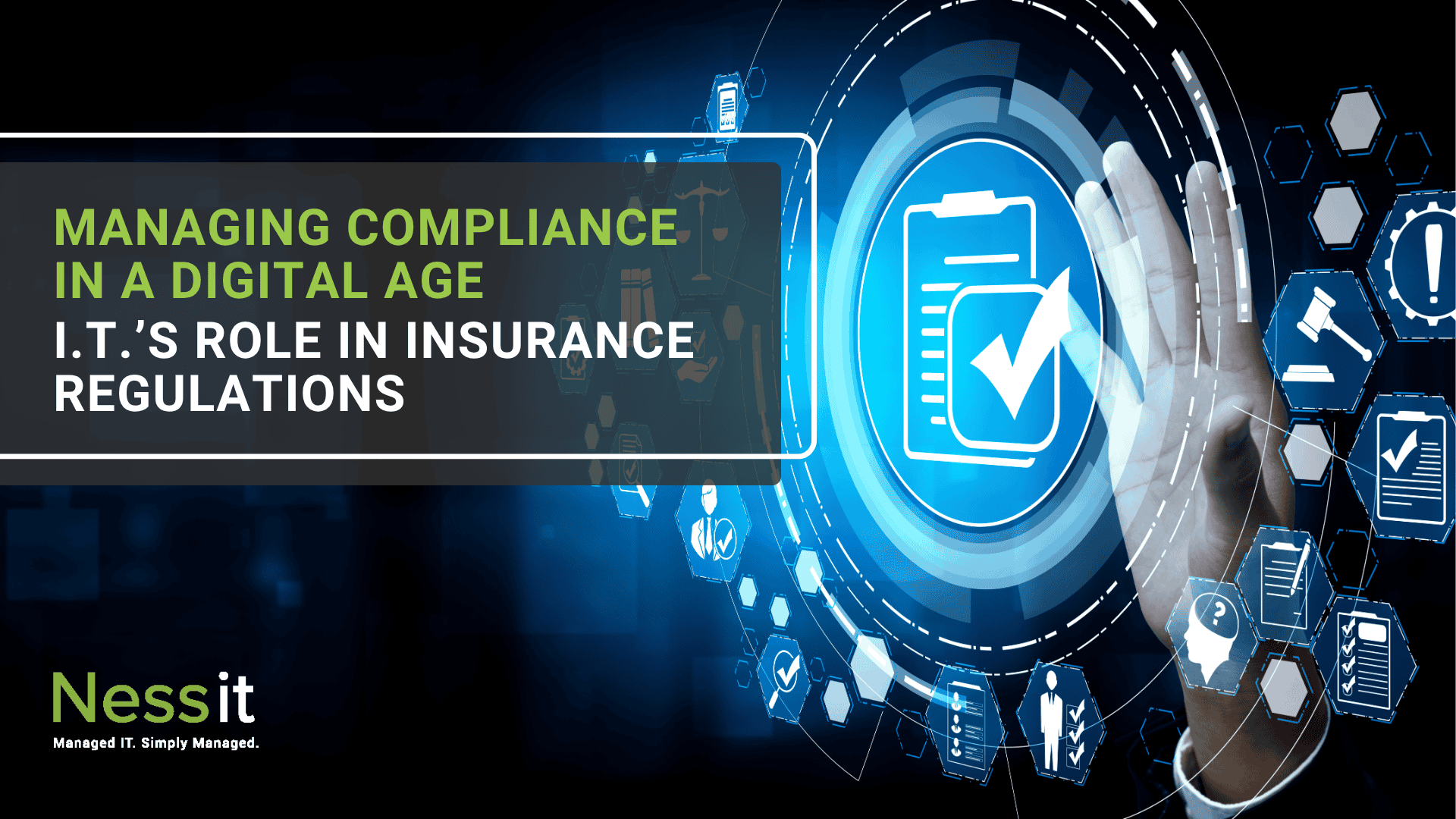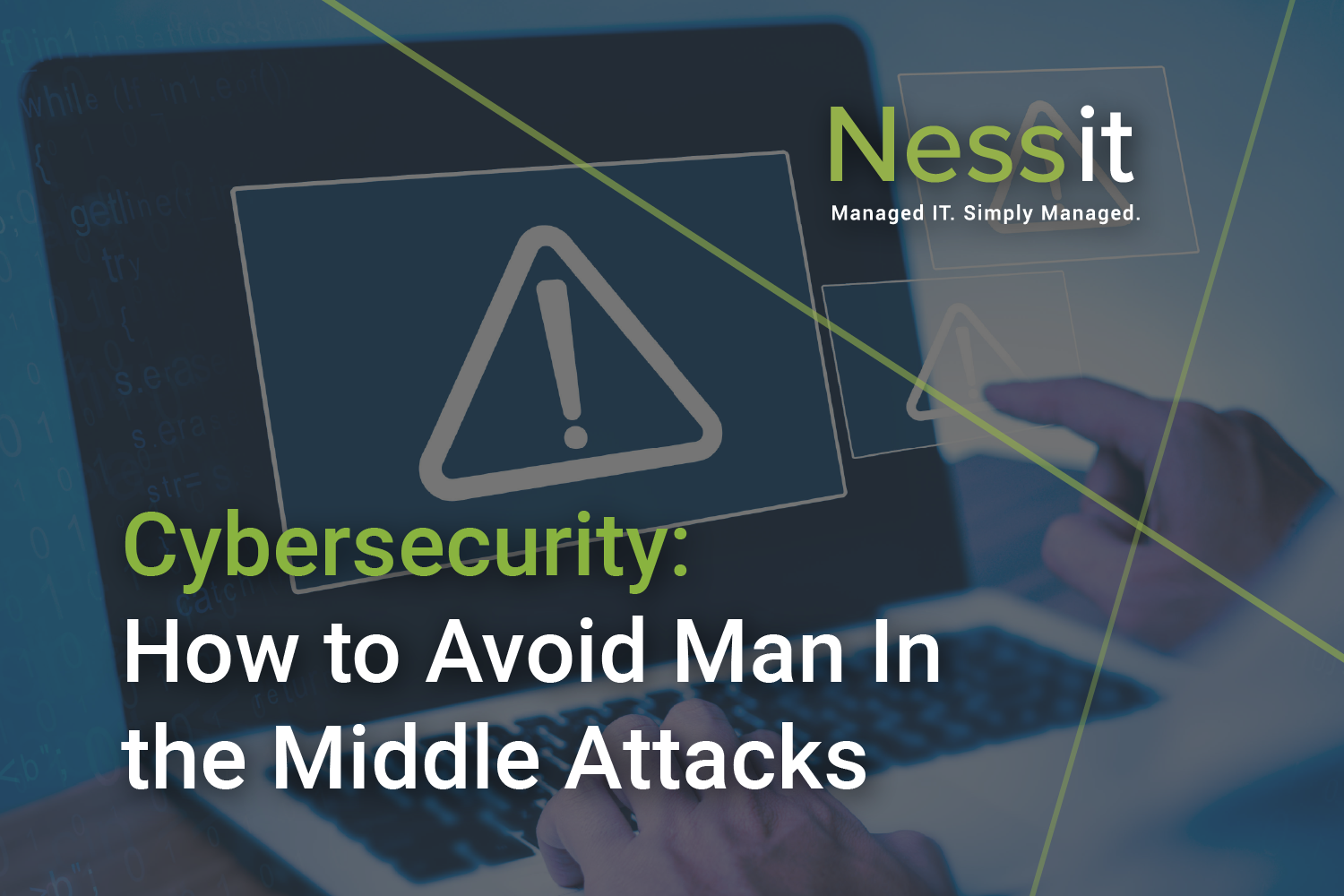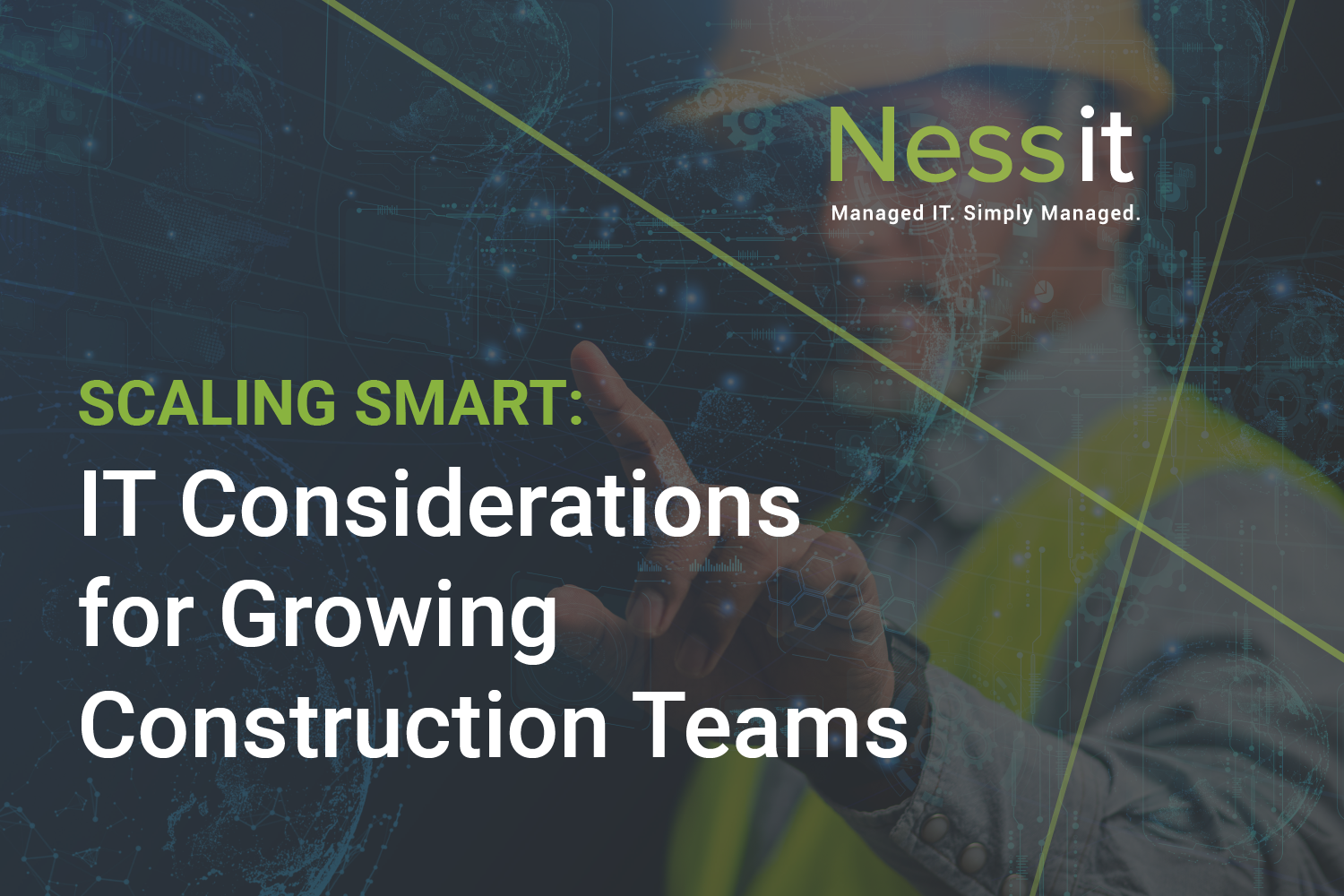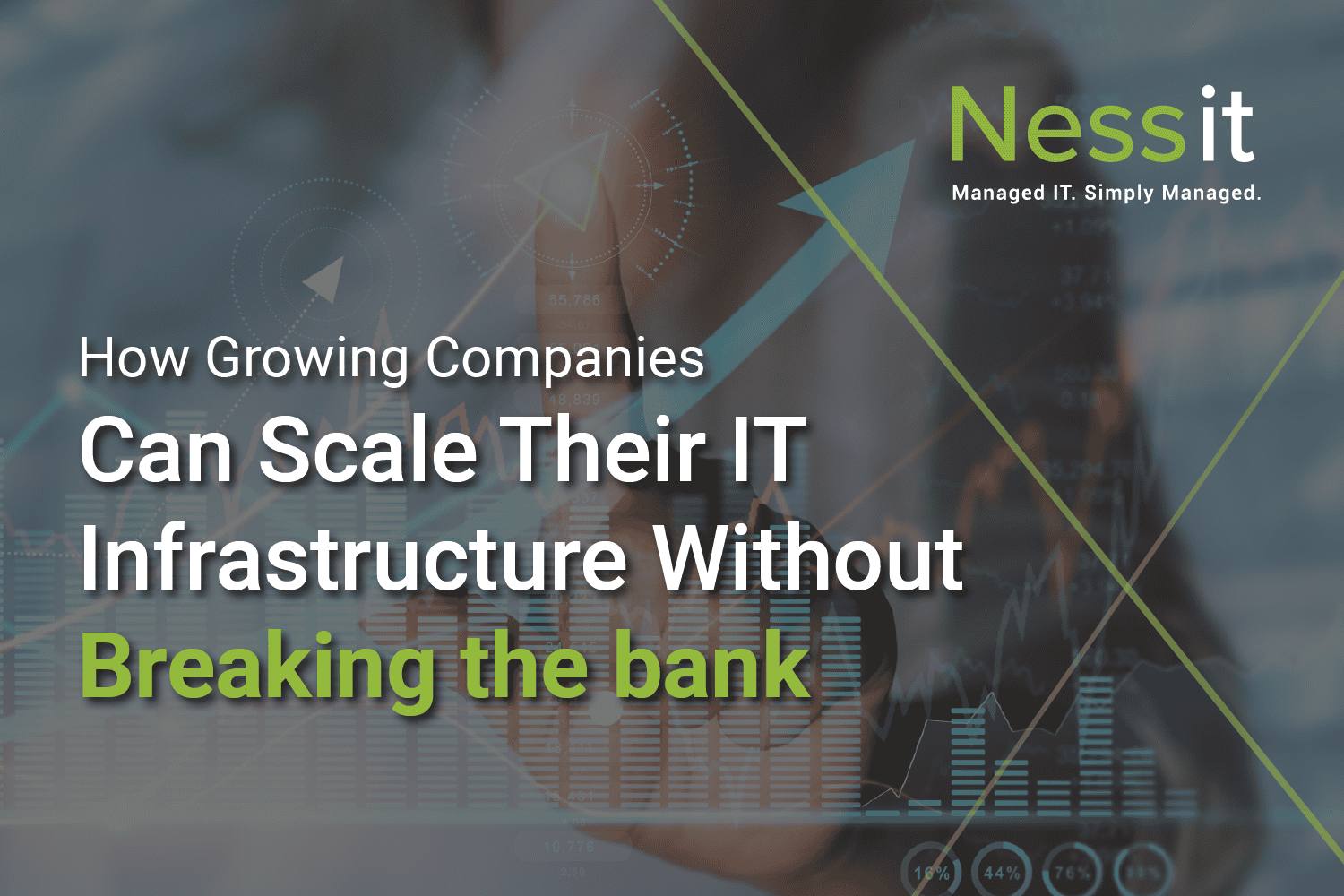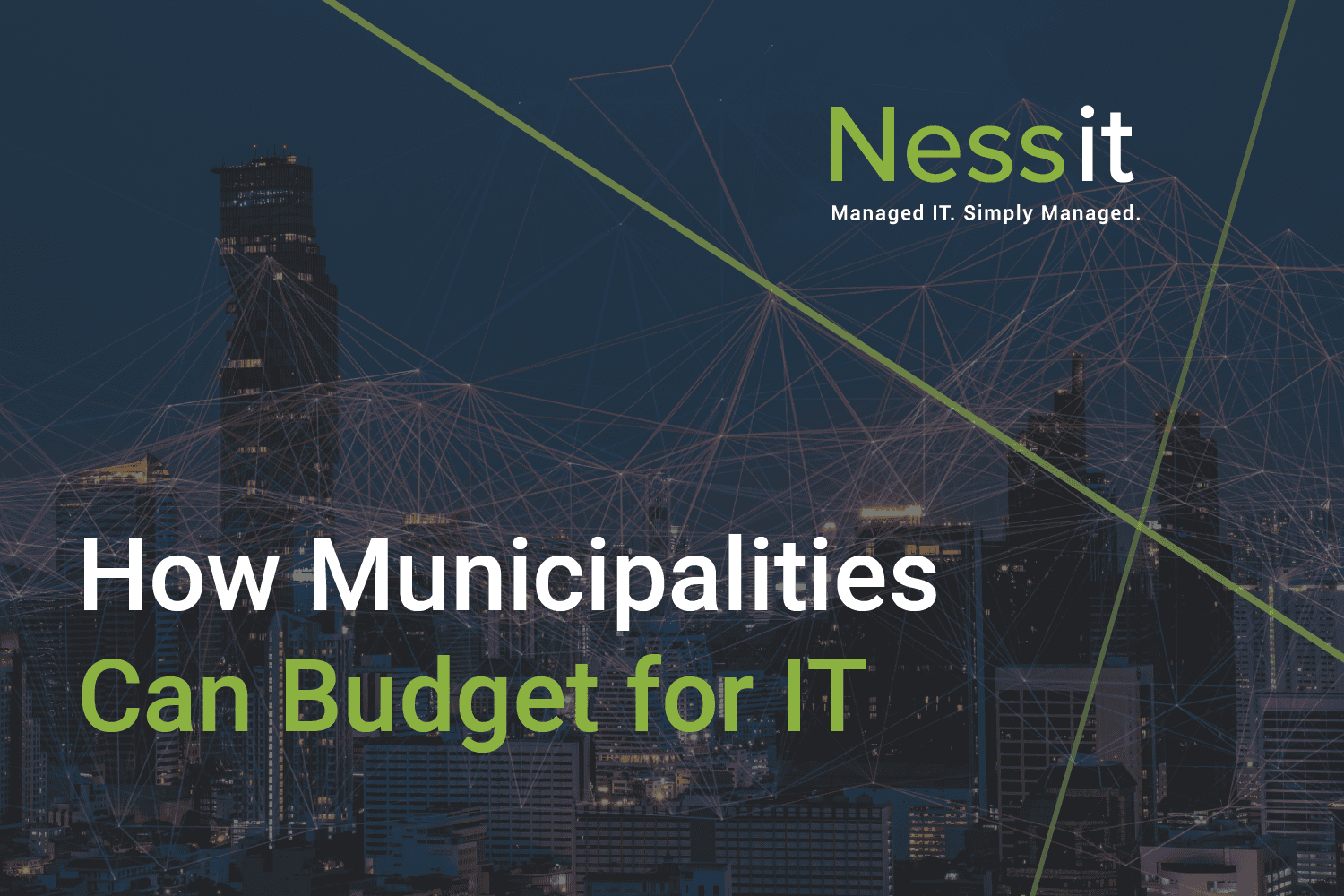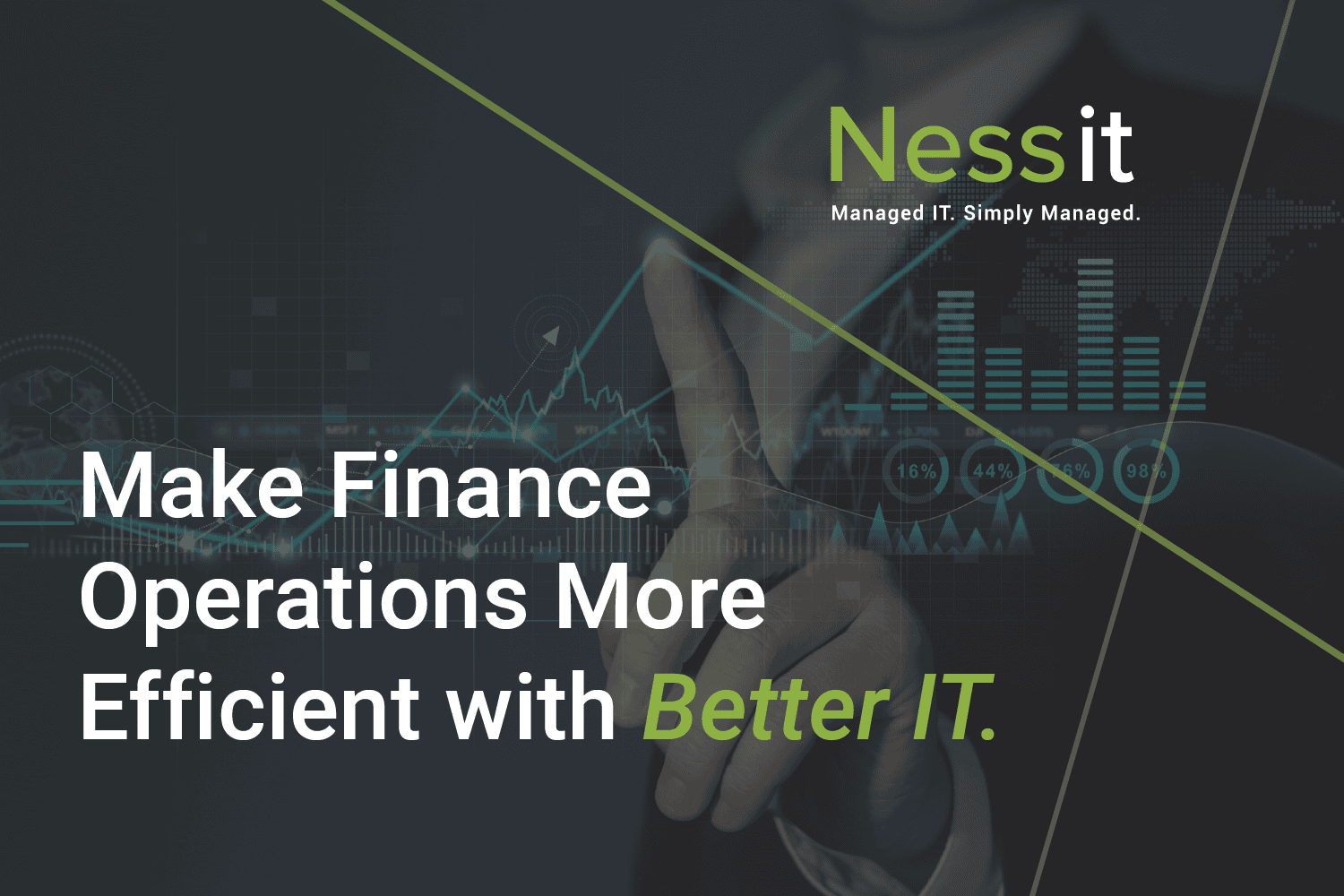Mergers and acquisitions are exciting milestones for an insurance agency. They signal growth, new opportunities, and an expanded customer base. … Read more
IT Consulting
Insurance agencies handle some of the most sensitive data there is, from medical and financial records to social security numbers, … Read more
Is your company stuck in a break/fix cycle when it comes to IT, reacting to issues only after they occur? … Read more
Collaboration between the public and private sectors is vital when it comes to safeguarding critical U.S. infrastructure, including sectors like … Read more
At the heart of every non-profit is a mission: to serve, uplift, and be a lifeline in vulnerable times. But … Read more
Multi-factor authentication, strong password management, and endpoint protection are all essential defenses. And they offer great protection until the moment … Read more
Scaling your infrastructure as your company grows doesn’t have to be a financial burden. With the right strategy and a proactive approach, you can build an IT system that not only meets your current needs but is flexible enough for the future. These are the steps growing companies should take to ensure their technology evolves with their business–without breaking the bank.
For municipalities, establishing an effective IT budget is essential for maintaining secure, efficient, and future-ready operations. A well-structured IT budget allows local governments to be proactive–rather than reacting to costly emergencies–and to provide essential services while maximizing available funds.
Every industry has its unique challenges, and your IT infrastructure should be tailored to meet those specific needs. For financial firms, an efficient IT system can be a major driver of productivity and growth. Whether it’s managing client data, processing time-sensitive transactions, or ensuring compliance with evolving regulations, your IT infrastructure plays a pivotal role in keeping operations running smoothly.


